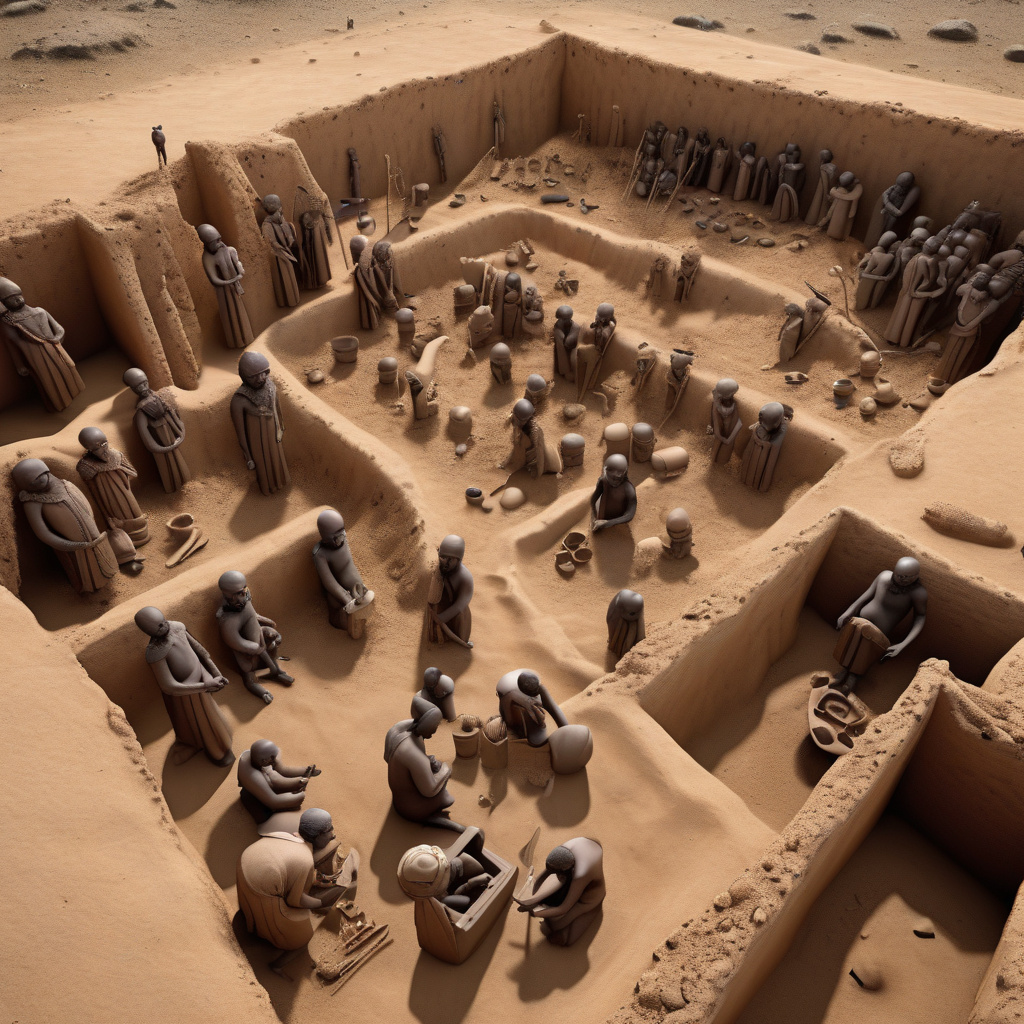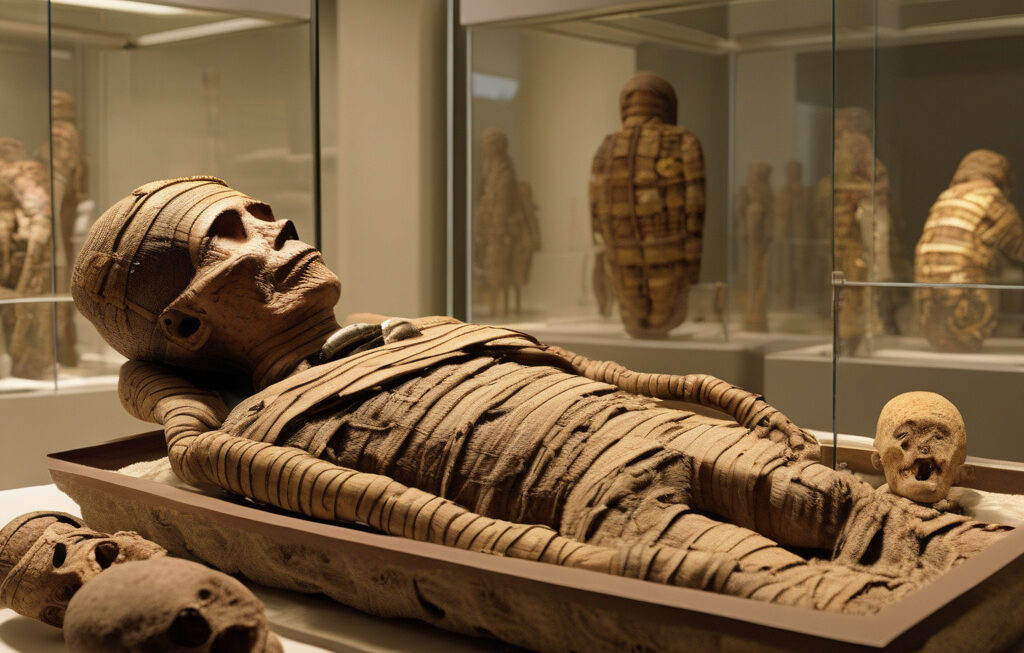1,600-Year-Old African Ebony Figurines Uncovered in Christian Necropolis in Israel
Archaeologists have uncovered two ebony figurines in a Christian necropolis south of Tel Malhata settlement, shedding light on the intricate history of the region. These remarkable artifacts, believed to be around 1,600 years old, offer a glimpse into the cultural exchange and artistic expressions of ancient times.
The discovery of these African ebony figurines in Israel is particularly significant due to the material used and the context in which they were found. Ebony, a dense black wood native to Africa, was a rare and valuable commodity in the ancient world. Its presence in the Levant region highlights the extensive trade networks that connected distant lands during the late Roman and early Byzantine periods.
The intricate craftsmanship of the figurines further underscores the skill and artistry of the artisans who created them. The attention to detail in carving the ebony wood to depict human figures showcases a level of craftsmanship that was highly advanced for its time. These figurines would have likely held symbolic or ritualistic significance, offering clues to the beliefs and practices of the communities that inhabited the area centuries ago.
The location of the discovery is also noteworthy. The Christian necropolis where the ebony figurines were found provides insight into the religious and funerary practices of the ancient inhabitants of the region. The presence of these artifacts in a burial site suggests a belief in the importance of material goods or symbolic objects in the afterlife, a common practice in many ancient cultures.
Furthermore, the discovery of African ebony figurines in a Christian context raises questions about the cultural exchange and diversity that existed in the region during this period. The incorporation of exotic materials and artistic styles from distant lands highlights the cosmopolitan nature of ancient societies and challenges conventional notions of isolation and homogeneity.
This discovery underscores the importance of archaeological research in uncovering the rich tapestry of human history and cultural interactions. By piecing together fragments of the past, archaeologists can paint a more complete picture of the civilizations that once thrived in the region. The study of artifacts like the African ebony figurines not only enriches our understanding of the past but also prompts us to reflect on the interconnectedness of human societies across time and space.
In conclusion, the discovery of 1,600-year-old African ebony figurines in a Christian necropolis in Israel is a testament to the cultural diversity and artistic sophistication of ancient civilizations. These rare artifacts offer a glimpse into the past, allowing us to appreciate the ingenuity and creativity of our ancestors. As we continue to unearth treasures from the depths of history, may we also uncover the stories and traditions that have shaped our world today.
archaeology, ancientcivilizations, culturalheritage, artisticexpression, culturaldiversity












